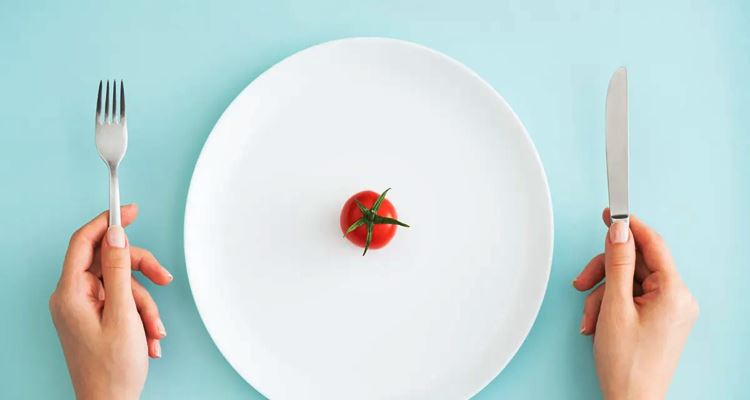Here are the different types of eating disorders and the symptoms of each type.
EATING DISORDERS – This disorder is a serious mental and physical illness and here’s a further understanding of some of its common types.
National Institute Of Mental Health defined eating disorders as “serious and often fatal illnesses that are associated with severe disturbances in people’s eating behaviors and related thoughts and emotions”.

They named anorexia nervosa, bulimia nervosa, and binge-eating disorder as among the most common types of this particular disorder.
It occurs usually in adolescence or young adulthood but is not limited to these particular life stages. There is no one specific factor causing this but “genetic, biological, behavioral, psychological, and social factors” can likely increase the risk.
One that should fear about this disorder is that it is life-threatening. A 2015 research review stated that personality traits such as neuroticism, perfectionism, and impulsivity may also increase the risk of developing an eating disorder.

Check out some of the most common types of this disorder and the set of symptoms of each according to NIMH:
- Anorexia nervosa – this is the condition where people refuse to eat food, restrict themselves from eating, or eat just small quantities of certain foods.
This could be because they fear gaining weight or being fat. It has two subtypes: a restrictive subtype (where he or she limits food intake to severely small amounts) and a binge-purge subtype (where he or she will binge for a time and after that, will use laxatives or diuretics or even force themselves to vomit just to take what they have consumed out from the body).
Symptoms according to post:
- Extremely restricted eating
- Extreme thinness (emaciation)
- A relentless pursuit of thinness and unwillingness to maintain a normal or healthy weight
- Intense fear of gaining weight
- Distorted body image
- Bulimia nervosa – this is the condition where a person eats unusually large amounts of food in a specific period of time. During this time of feasting, he can’t stop himself from eating or control the amount of the food consumed until he becomes painfully full.
After the binge, they will compensate for the feast by forced vomiting, excessive use of laxatives or diuretics, fasting, or excessive exercise. And sometimes, they may even do a combination of these.
Symptoms according to post:
- Chronically inflamed and sore throat
- Swollen salivary glands in the neck and jaw area
- Worn tooth enamel and increasingly sensitive and decaying teeth as a result of exposure to stomach acid
- Acid reflux disorder and other gastrointestinal problems
- Intestinal distress and irritation from laxative abuse
- Severe dehydration from purging of fluids
- Electrolyte imbalance
- Binge-eating disorder – this is the condition where the symptoms are similar to bulimia or the binge eating subtype of anorexia. But the difference is that people suffering from these don’t have the behavior of compensating for the large number of calories they have consumed.
This results in being overweight or obese.
Symptoms according to post:
- Eating unusually large amounts of food in a specific amount of time, such as a 2-hour period
- Eating even when you’re full or not hungry
- Eating fast during binge episodes
- Eating until you’re uncomfortably full
- Eating alone or in secret to avoid embarrassment
- Feeling distressed, ashamed, or guilty about your eating
- Frequently dieting, possibly without weight loss
READ ALSO:+
- Coriander – What Is Coriander, Its Uses, and Its Health Benefits?
- Mood Swings: Tips To Ease Frequent Shifts in your Mood
What can you say about this? Let us know!

